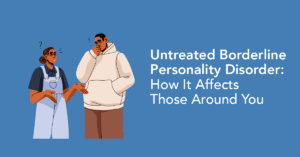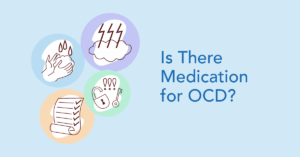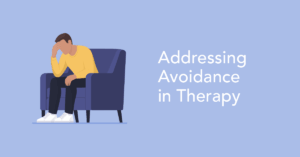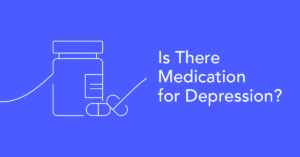Mental Health Hotline Articles

Addressing Overstimulation
Whether it’s a noisy room, a hectic day or an intense emotional conversation, feeling overstimulated is a common experience for many people. For some, it passes quickly. For others, especially those with sensory sensitivities, trauma or neurodivergence, overstimulation can be deeply disruptive and difficult to manage. Learning to recognize, prevent

Untreated Borderline Personality Disorder – How It Affects Those Around You
Borderline personality disorder is a serious mental health condition that can deeply affect the individual and their closest relationships. Living with BPD can feel like being on an emotional roller coaster, marked by intense mood swings, fear of abandonment and unstable self-image. But when BPD goes unrecognized or untreated, the

Is There Medication for OCD?
Yes—OCD can be treated with medication: SSRIs (like fluoxetine, fluvoxamine) are first-line Often used alongside CBT May take 8–12 weeks to see full effect Obsessive-compulsive disorder is a chronic mental health condition in which the individual exhibits recurring, unwanted thoughts (obsessions) and repetitive behaviors (compulsions). While therapy — especially exposure

Addressing Avoidance in Therapy
While it’s natural to want to escape discomfort, repeated avoidance can stand in the way of growth and healing, especially in therapy. Whether it shows up as missing appointments, changing the subject when things get personal or brushing off strong emotions, avoidance behavior is one of the most common obstacles

Is There Medication for Depression?
Depression is often treatable with medication: SSRIs and SNRIs are most common Atypical antidepressants may help Best results when paired with therapy Depression is one of the most common mental health conditions. In 2023, approximately 5% of Americans over age 18 experienced regular feelings of depression, and for many, medication

The Most Depressed States in the US
Mental health is a nationwide concern, but some states are more deeply affected than others. Depression can be invisible, but its impact is widespread — from academic settings and communities to families and individuals. Understanding where depression is the most prevalent helps highlight where resources and support are needed most.